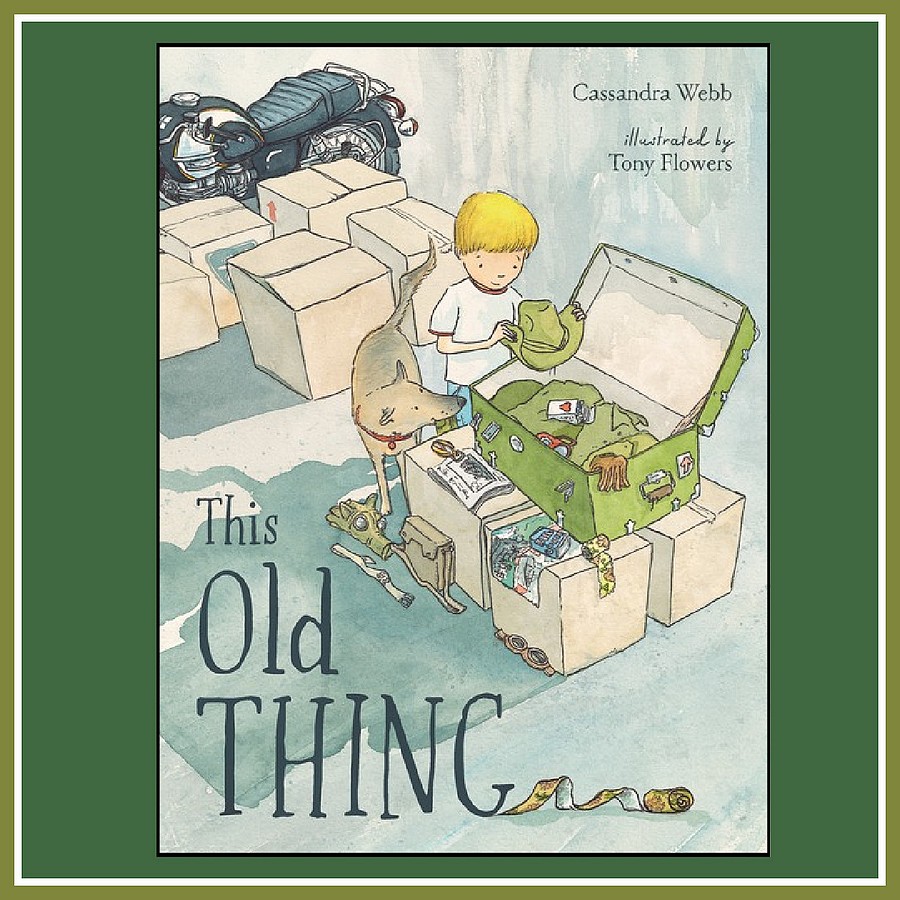
This Old Thing written by Cassandra Webb and illustrated by Tony Flowers is a moving book about memories, war, stories and remembering the past.
Tony Flowers always uses the endpapers as an opportunity to begin the narrative, divulge more about the story and stir readers’ curiosity. In this book, he has included different sets of collections of objects from World War I on the front and back endpapers. All these fascinating objects either feature in the book or are objects Tony discovered in his extensive research process. Tony has comprehensive illustration notes available (link at end of review) and included in these are the list of items on the endpapers.
This story is told in two different time periods concurrently– present day and during World War 1. The story features a young boy who appears through most of the story on the left-hand page, right until the very last moving page. The young boy represents present day as he is searching through his great grandfather’s army trunk and discovering old things from long ago. On the right-hand pages, the objects the boy finds are given context as they appear with the great grandfather during scenes from World War 1. These meticulously researched and historically accurate scenes immerse the reader into the world of the great grandfather serving in Europe in World War I.
In this story, Anzac Day is approaching and the boy is on a mission to find something old to help his class remember. He decides to explore the contents of his great grandfather’s army trunk and the objects he discovers provide clues about the past as these objects have a story, a story from World War I. The boy finds service papers and on the right-hand page the reader sees men getting measured and having medical examinations prior to serving in the war. A World War 1 recruitment poster is also featured and gives an insight into the government’s message for men to support the war effort. The story continues with objects such as a slouch hat worn by his great grandfather and an illustration shows the harsh climate the hat was worn in; a mug is then extracted from the trunk, another clue, another piece of the puzzle from the past. The story behind the mug reveals the great grandfather in an active trench having a drink with his comrades. The story continues with recreational objects the soldiers used pulled from the trunk, for example playing cards. Then a photo of a man and dog is discovered, not very interesting to the boy, but then the bigger picture on the right page is illustrated, the history, the story behind the photo where the reader sees the great grandfather with a service dog and the artillery unit. More primary sources are removed from the trunk and more history unfolds about the great grandfather as the reader learns about tank warfare and gas masks. All of these forgotten objects stored in the trunk have little significance, until together, they form clues from the past and a photo ties everything together, bringing to life the past. Faded memories are now brought to the boy’s attention and his great grandfather’s story lives on.
This book is an excellent resource as a gateway to conversations about primary sources from the past and how these treasures inform people today about history. Tony Flowers was inspired by official war artist, Albert Henry Fullwood, who was commissioned to join the war in Europe to capture the Australian experience, thus the illustrations in this story provide another dimension and visual perspective to the war. There are stories to be unpacked within each illustration. Children can use these illustrations to conduct further inquiry into the conditions and life for the Australian soldiers during World War I, both in battle and during rest and recreation. On a personal level, children may be able to learn about their great grandparents and other family members through objects from the past.
Link to the illustration notes by Tony Flowers: https://www.academia.edu/73882761/This_Old_Thing_Illustration_Notes_March
